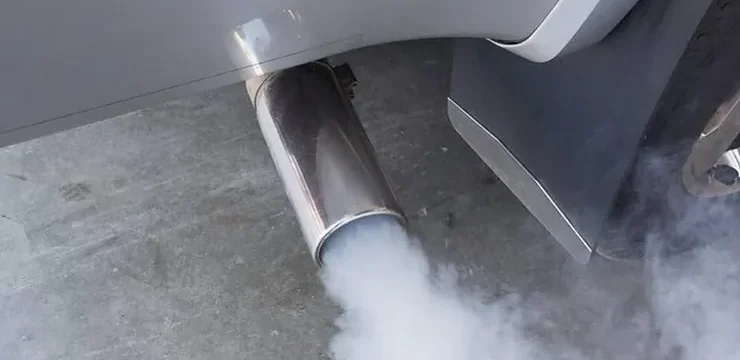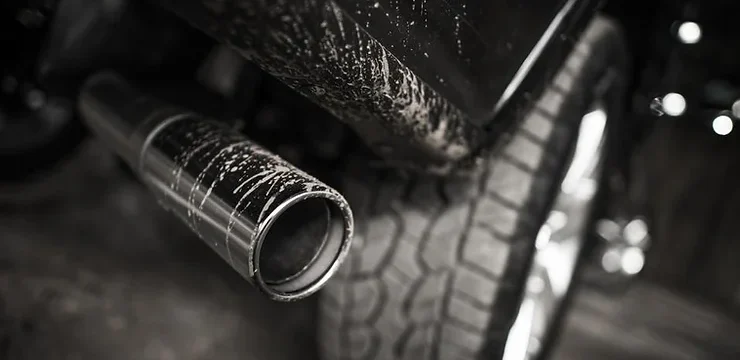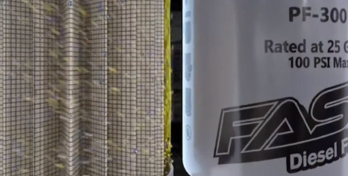There are several reasons that you may be considering upgrading your exhaust and wondering if the cost is worth the benefit of enhancing your ride. Often overlooked, the exhaust plays an important part of how a vehicle performs and functions. The main job of the exhaust is to circulate air through the engine and exit it out the back of the vehicle. There are a few things to consider before purchasing a new system and we want to help walk you through reasons you may just want to change out your factory exhaust.
Better Returns
By upgrading to an aftermarket exhaust, not only do you receive improved horsepower, but better fuel mileage as well. Stock exhausts are created to perform a job. They are more restrictive, quieter and are a better cost to the manufacturers. Typically, a stock exhaust is made of steel which will rust over time. After market exhausts are produced to maximize efficiency with better materials like aluminum or stainless steel. Aftermarket exhausts allow more air to your engine, which will increase your power and fuel efficiency. Depending on which type of exhaust you determine is best for your vehicle will depend on the increase of power and fuel economy.
Aesthetics
Once you have a ride you really care about, you most likely want to bring it to the next level. The brilliance of the shiny exhaust and tips will be an attention grabber. After market exhausts let you stand out in a crowd, be unique and add a level of luster to your vehicle.
Music to Your Ears
If enhanced performance and having an eye-catching ride isn’t enough, there is also a change in sound with an aftermarket exhaust. The distinguishable sound of a superior exhaust system will turn heads. A vehicle sounds more powerful and a bit meaner when you opt for a new exhaust system. Who needs a great sound system when your exhaust can be music to your ears?
If you’re interested in upgrading your stock exhaust to a performance enhancing, eye catching, unmistakable sounding aftermarket exhaust, we’re here to help.






